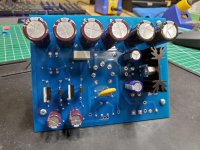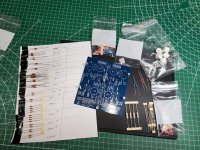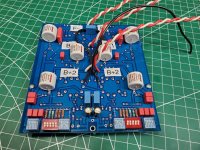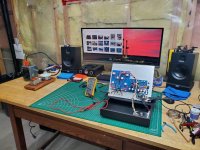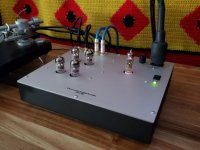Hello there,
I am a beginner in simulation S.P.I.C.E., in simulation electrical and electronics circuits. I want to simulate a schematic with the program Micro-CAP 12.Or is possible to use the program LTpice, to help me? I want to monitor some graphics from a photodiode PIN which is a InGaAs Photodiode IG22-Series, I want to monitor follow parameters:
responsivity (A/W) vs wavelength(nm);
dark current (A) vs reverse voltage (V);
shunt resistance vs. temperature;
detectivity vs. shunt x area;
capacitance vs. reverse voltage;
normalized response (a.u.) vs time (µs)
relative sensitivity (%) vs incident Light Level (mW)
And at the transistor BFP420 I want to monitor some graphics at the following parameters:
total power dissipation Ptot = ƒ(TS);
collector current vs. collector emitter voltage IC = f(VCE), IB = parameter
DC current gain hFE = f(IC), VCE = 3 V
collector current vs. base emitter forward voltage IC = f(VBE), VCE = 3 V
base current vs. base emitter forward voltage IB = f(VBE), VCE = 3 V
base current vs. base emitter reverse voltage IB = f(VEB), VCE = 3 V
collector emitter breakdown voltage VCER = f(RBE), IC = 1 mA
transition frequency fT = f(IC), f = 2 GHz, VCE = parameter
collector base capacitance CCB = f(VCB), f = 1 MHz
gain Gma, Gms, IS21I^2 = f(f), VCE = 2 V, IC = 20 mA
maximum power gain Gmax = f(IC), VCE = 2 V, f = parameter in GHz
maximum power gain Gmax = f(VCE), IC = 20 mA, f = parameter in GHz
source impedance for minimum noise figure ZS,opt = f(f), VCE = 2 V, IC = 5 / 20 mA
noise figure NFmin = f(f), VCE = 2 V, ZS = ZS,opt, IC = 5 / 20 mA
noise figure NFmin = f(IC), VCE = 2 V, ZS = ZS,opt, f = parameter in GHz
I do not know how to begin. Please help me. I accept, if is necessary any simulator of circuits.Or only important electrical parametersm to monitor them graphically.
I attach a electric schematic.
Thank you for understanding,
Draggos.

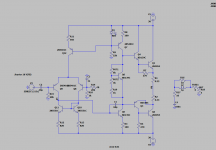
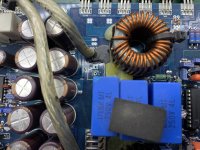
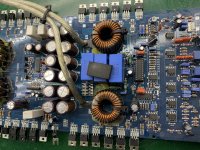
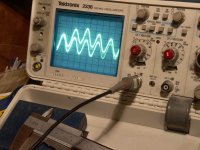

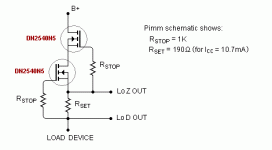
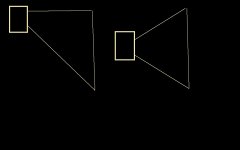
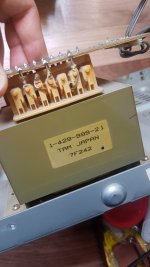
 Jeroegro please also provide an english translation if you post in your native language. Google translate is quite good.
Jeroegro please also provide an english translation if you post in your native language. Google translate is quite good. 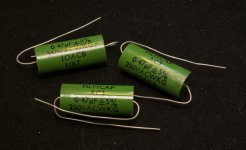

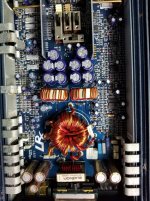
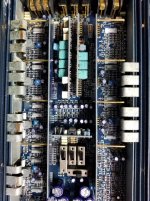
 This is not a small improvement, it is real and well perceived.
This is not a small improvement, it is real and well perceived.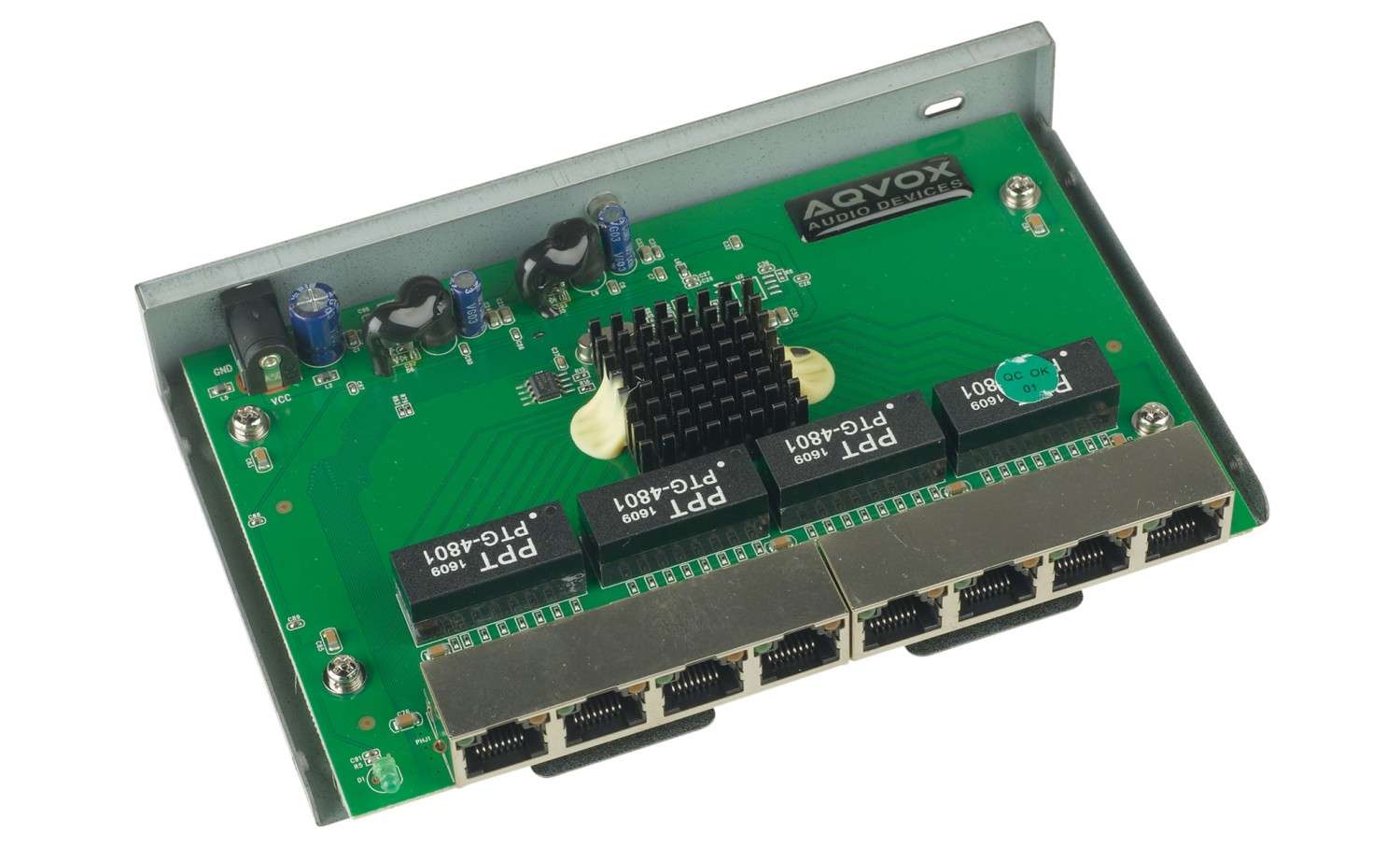
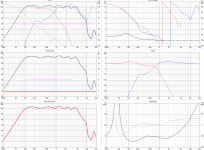
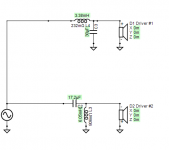
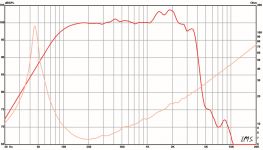
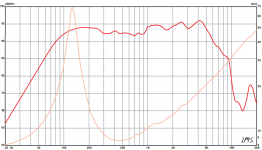
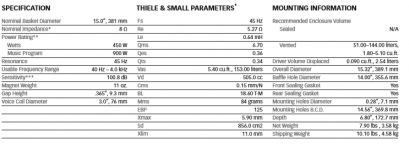
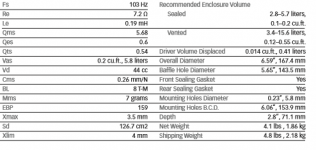
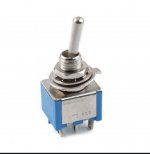

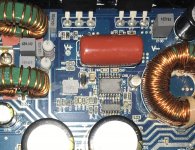
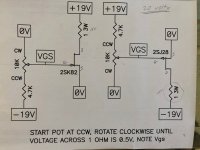

 (pun indended).
(pun indended).

